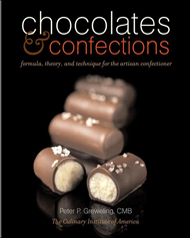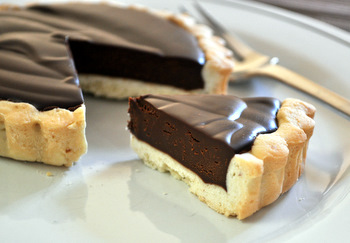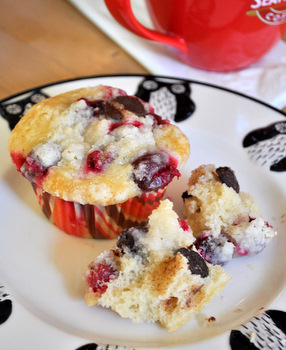 You don’t need to have watched Willy Wonka and the Chocolate Factory to know that being a chocolatier looks like a lot of fun. If you’re serious about making candy and chocolates at home, it is going to take more work to get started than baking a batch of chocolate chip cookies. That said, it is entirely possible to learn to make top-notch artisan chocolates and candies in your own kitchen if you are willing to do your homework to learn chocolate-making techniques before you start out. Chocolates and Confections: Formula, Theory, and Technique for the Artisan Confectioner is a must-read volume if you are interested in learning about candy. The book is as comprehensive as a textbook, including detailed background on the science and techniques of chocolate making and moving into a wide variety of recipes that would be enough to open your own candy store if you master them.
You don’t need to have watched Willy Wonka and the Chocolate Factory to know that being a chocolatier looks like a lot of fun. If you’re serious about making candy and chocolates at home, it is going to take more work to get started than baking a batch of chocolate chip cookies. That said, it is entirely possible to learn to make top-notch artisan chocolates and candies in your own kitchen if you are willing to do your homework to learn chocolate-making techniques before you start out. Chocolates and Confections: Formula, Theory, and Technique for the Artisan Confectioner is a must-read volume if you are interested in learning about candy. The book is as comprehensive as a textbook, including detailed background on the science and techniques of chocolate making and moving into a wide variety of recipes that would be enough to open your own candy store if you master them.
Although comprehensive, unlike a textbook, the material in this book is far from dry and boring because it’s impossible not to get excited by chocolate. The book begins with an introduction to cacao and chocolate production, as well as suggestions for packaging and storing both your ingredients and finished products. From there, the book moves on into basic techniques before getting into specific recipes for all kinds of chocolates. The chocolates are my favorite part of this book, but other types of candies and confections are discussed in great detail as well. Each chapter begins with a look at some of the techniques that are specific to that particular type of candy to ensure that you have a clean understanding of the process before starting out. All of the formulas are very detailed and given in grams, ounces and bakers’ percentages. Beautiful photos of the finished products serve as inspiration while you work – even though it’s likely that your first few attempts might not end up quite as polished looking.
This book is definitely for the more adventurous and more advanced home chef because the formulas require a lot of precision and a little patience to put together. Professional bakers and pastry chefs will also find a lot of terrific ideas in here, as well as plenty of tips to troubleshoot any problems that you might encounter while working with chocolate. The only real downside to this books is that you might find yourself filling your kitchen with chocolate-making equipment, such as polycarbonate molds and confectionery frames, and adding a home tempering machine to your Amazon wish-list so that you can make even more chocolates more easily.






Shannon
February 13, 2012We actually use this as our textbook for our chocolate classes and our sugar classes at my school. It’s neat to see your review of it.